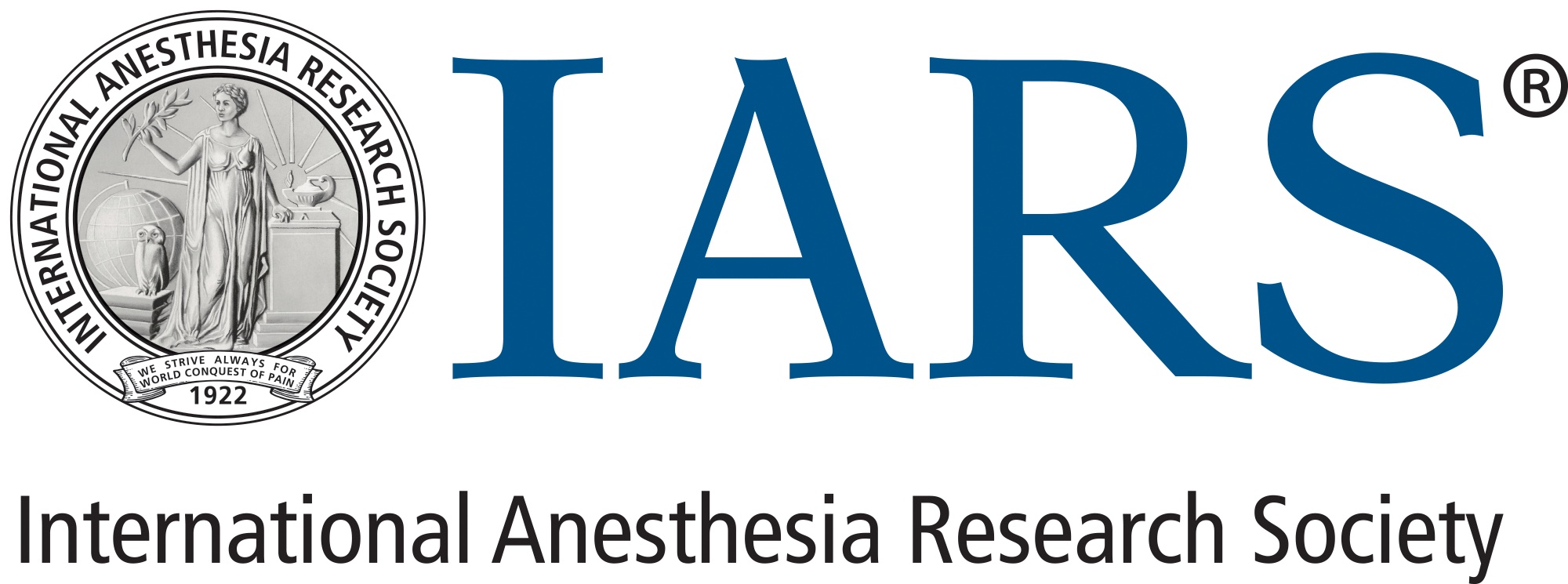Sepsis, Steroids, and More! Exploring Novel Research in the World of Sepsis
Uday Agrawal, MD
Should we give steroids to patients in septic shock? What is the role of angiotensin II? How do we approach the heterogeneity within sepsis? As part of the 2025 Annual Meeting, presented by IARS and SOCCA, Allison Dalton, MD, associate professor of Anesthesia and Critical Care at the University of Chicago, moderated this excellent panel, “Advances in Sepsis Management: Innovations and Future Directions,” on Sunday, March 23, which revisited these age-old questions with a modern understanding, novel techniques, and innovative ideas to pave the way forward for sepsis research.
Emily Vail, MD, MSc, co-director of the Penn Center for Perioperative Outcomes Research and Transformation and assistant professor of Anesthesiology and Critical Care at the Hospital of the University of Pennsylvania, opened the session with her talk on “Not All Sepsis is Created Equal: Understanding Drivers of Outcome Heterogeneity.” She invoked a compelling analogy of the heterogeneity within sepsis to the heterogeneity within certain species of birds and noted that the heterogeneity matters for several reasons including generalizability, replicability, benchmarking, pooling of results, and type 2 error. This variety within sepsis can be linked to not only the myriad pathogens and specific host responses, but also the treatment era and setting, temporality and, perhaps most critically, the way we study and measure outcomes and treatment effects.
For example, the same patients can manifest different mortality outcomes simply depending on the way they were classified. In addition, when designing interventions there are likely subgroups of patients that may improve or decline despite any intervention, yet often the analysis groups this mix of patients together. While there are ongoing advances in the way we characterize this heterogeneity and predict individual patient response, Dr. Vail advocates that we need to remain vigilant about the heterogeneity within the umbrella of sepsis and how it impacts the way we perform research and interpret the findings.
Romain Pirracchio, MD, MPH, PhD, professor, executive vice chair of Adult Anesthesia, and Chief of Anesthesia at Zuckerberg San Francisco General Hospital, followed Dr. Vail with his presentation, “What’s New with Steroids and Septic Shock? From Guidelines to Individualized Prescription Rules.” He began with the humbling statistic that more than 1 in 4 patients with sepsis will not survive and stated that while we await novel advanced in treatment, we must continue to appropriately apply guidelines based on the best evidence we currently have.
In the face of the several recommendations that are often difficult to implement within the given time frame, Dr. Pirracchio found that a machine-learning based approach prioritized six particular recommendations – antibiotics, insulin, bicarbonate, crystalloids, vasopressin, and corticosteroids – as uniquely important, but acknowledged there remains conflicting evidence, particularly regarding vasopressin and corticosteroid administration. While metaanalyses find no significant impact of corticosteroids given in sepsis overall, Dr. Pirracchio notes that in fact careful patient selection based on transcriptomic signatures of hyperinflammatory responses leads to a markedly improved response with steroids. In other words, he is able to leverage machine-learning models with large data sets to individualize treatment for septic shock and improve outcomes, and even used a related approach to demonstrate an improvement in patients who received earlier administration of vasopressin. He advocates for continuing to care for patients according to the best available evidence and is paving the way forward for more individualized care.
Matthieu Legrand, MD, PhD, professor and director of Clinical Research in the Department of Anesthesiology and Perioperative Medicine at the University of California, San Francisco, closed the session discussing “Dysregulation of the Renin-angiotensin System and its Implications in Sepsis.” He returned to basic physiology and found that the renin-angiotensin system (RAAS) undergoes a profound derangement during sepsis, and in particular hyperreninism and hypoaldosteronism are associated with poor outcomes in critically ill patients.
He carefully dissected the various etiologies of this association including endothelial dysfunction impacting angiotensin-converting enzyme (ACE) or impaired signaling of the angiotensin receptor, and noted that in fact the kidney injury often seen in sepsis relates to the low angiotensin II signaling rather than ischemia as often presumed. With this physiological understanding, he is able to explain the differential efficacy in response seen with angiotensin II administration and advocates for patient selection based on the ratio of angiotensin I and angiotensin II to improve outcomes. He also dispels common myths regarding the role of ACE inhibitors in kidney injury and considers alternative RAAS pathways that may be impacted by critical illness, offering possibly novel therapeutic targets for the treatment of patients with septic shock.
Together, Dr. Vail, Dr. Pirracchio, and Dr. Legrand critically examined the mountains of data acquired in patients with septic shock and offered a hopeful path forward to better characterize the heterogeneity within the condition, incorporate machine-learning models to help individualize care, and to re-explore our understanding of the physiology of the devastating illness to develop novel therapies.
International Anesthesia Research Society
